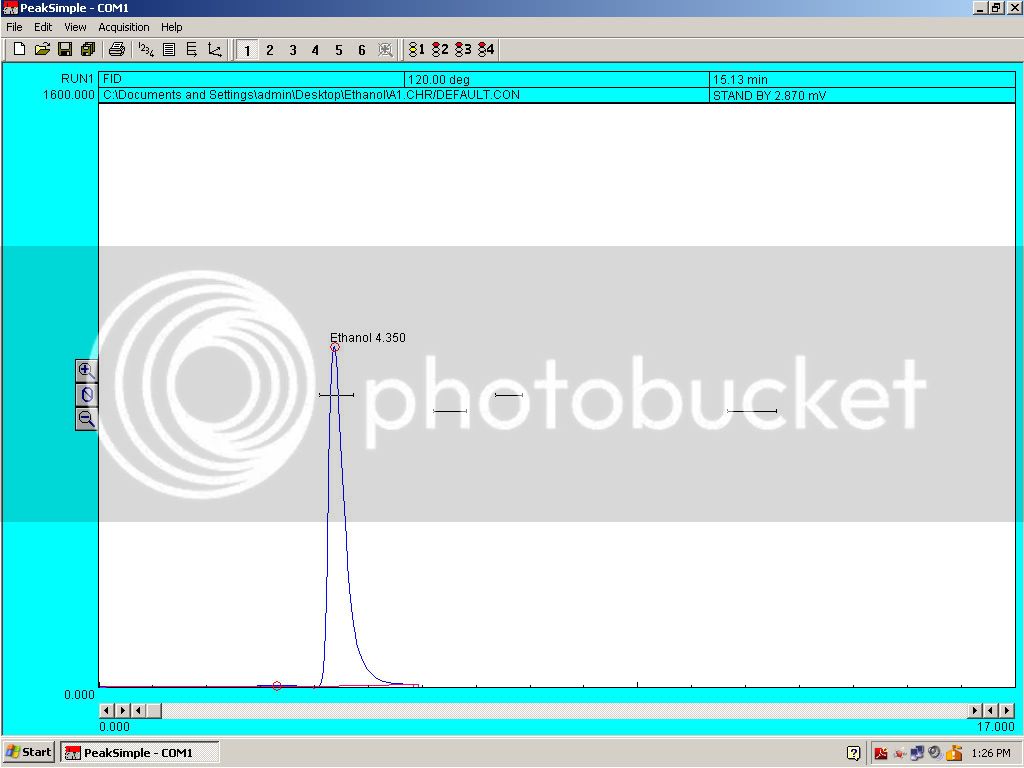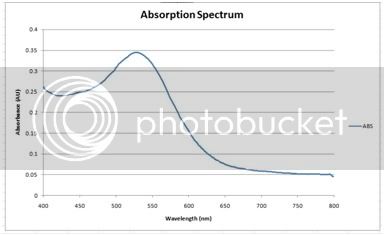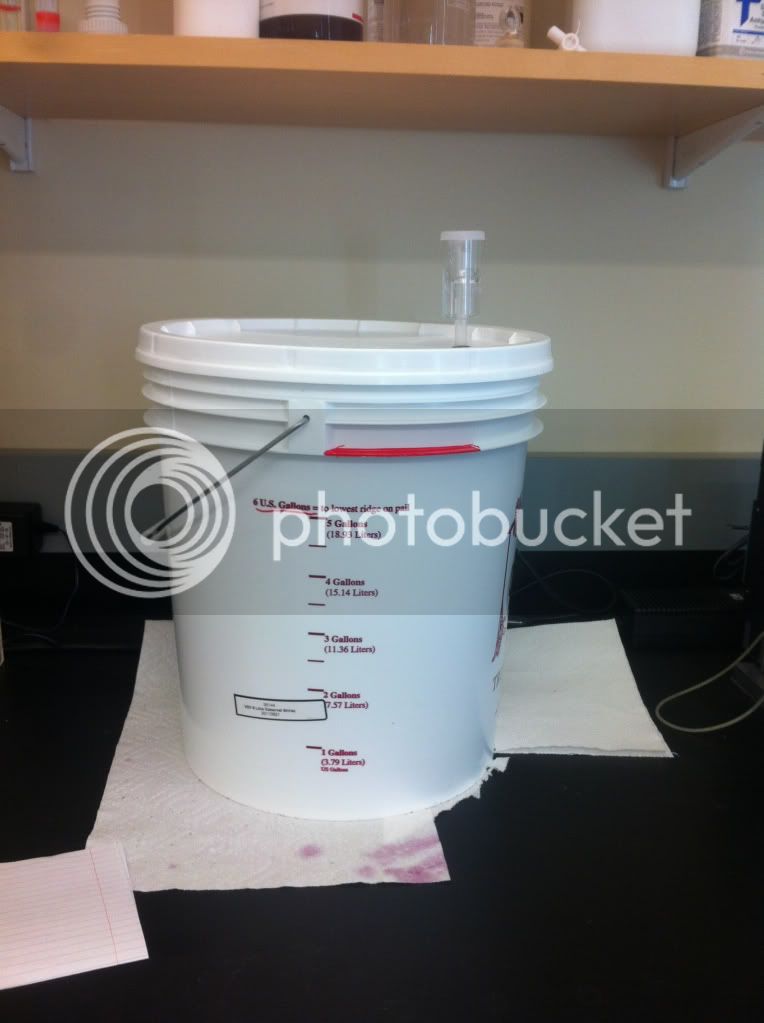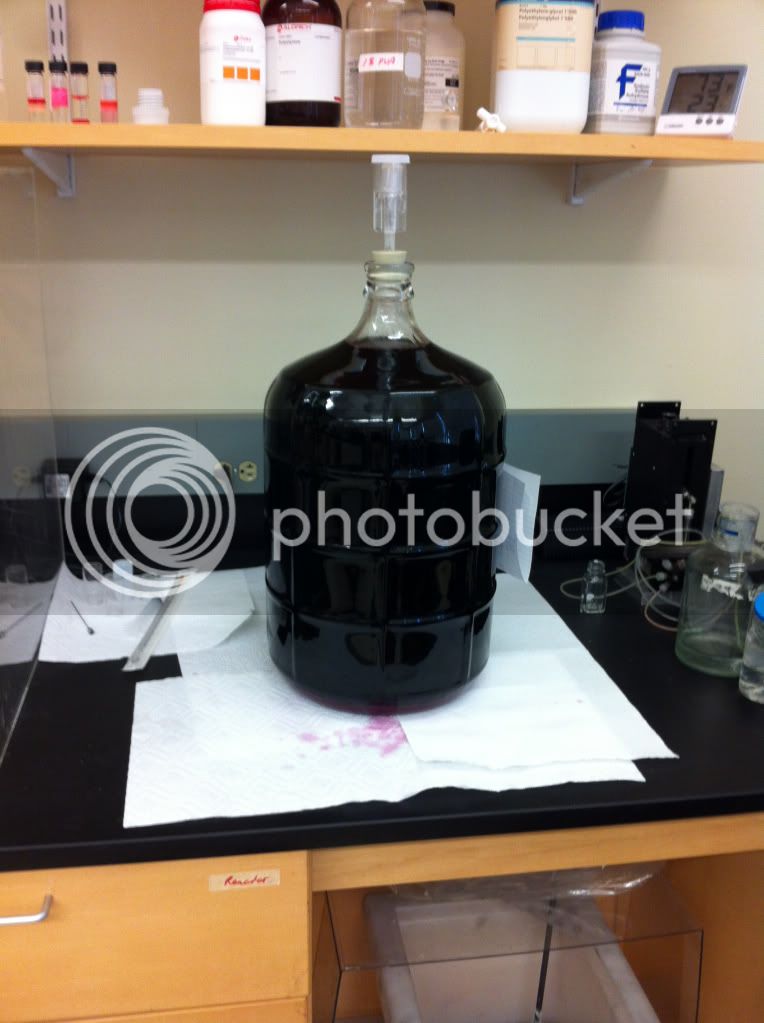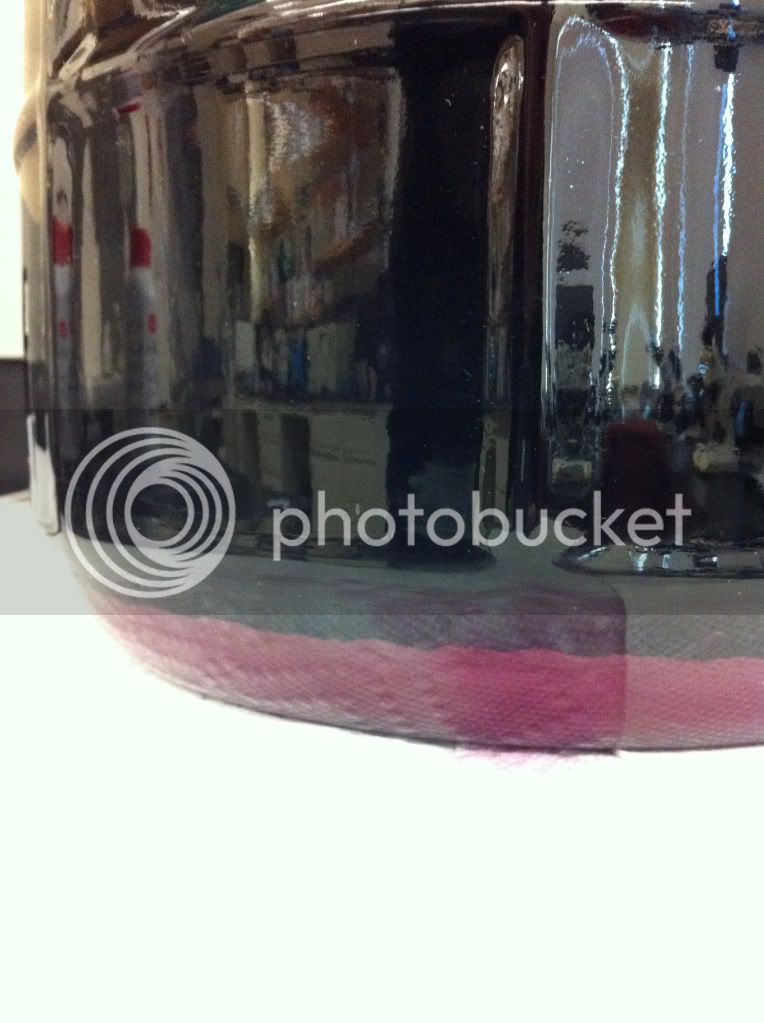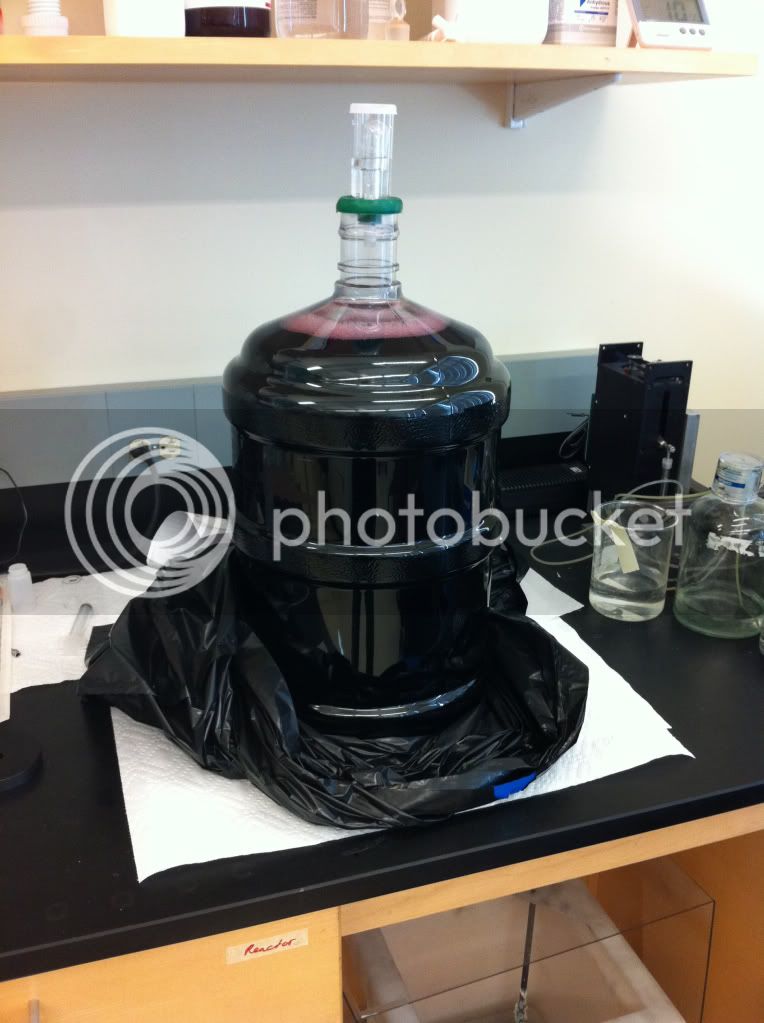Today I came in to some exciting but frightening news. After noticing a lag in my airlock activity (I know you cant judge by this and I should take the specific gravity)
I decided hey why not and just take the Sg, however I ordered a new hydrometer last week which was delivered to my house 50 miles away this morning from where I am along with my glass secondary and a few other presents I decided I needed for "research" purposes ie an excuse to buy supplies.
So I calculated the sg a little differently, I first drew a 20ml sample from the bung with a sterilized pipette, filtered it through a .45um filter, then from there drew a 1ml sample, transferred it to a 10ml vessel and weighed it. If I am correct this should be equal to the sg.
( Also tested this theory with water to make sure it would be the same Sg as water should be and it was.)
My must has been fermenting for 9 days since 2/7/12 at a constant temp and humidity of 72degrees 15%Humidity, monitored and logged each day. also Temperature/Humidity controlled.
According to the kit directions I am supposed to wait 14 days to rack to secondary, however from searching other posts and reading I should rack when it reaches around 1.0-.998 or lower. (also suggested from the manufacturer)
I took 3 samples from the 20ml sample and got an average Sg=.967 , my initial was 1.086 according the most posts ive read and the suggested its time to rack. My problem is this weekend being a holiday on Monday I will not be able to get my 6g carboy back here until next week. Mon-wed
No I don't have 6 1g carboys. What can I do? and is it that crucial that it is racked immediately? Frustrating that the only thing keeping me from racking is the lost faith I have in shipping glass to school!
On a side note for anyone who's interested also ran the remaining sample through the spectrophotometer and found that my peak absorbance was way off the charts, seemingly making this a overall dark red wine, after some manipulation I managed to produce a smooth color of 528nm. I decided to take these readings because in the future I would like to know how to alter the colors of wines with out altering any of the other properties, appearance does count right?





